STIR/SHAKEN statistics from September 2025
September 2025 STIR/SHAKEN and robocall statistics are now available. The data show the latest trends in robocalls, STIR/SHAKEN participation, and attestation level usage. Let’s have a look.
We’ve been publishing monthly STIR/SHAKEN statistics since April 2021. These numbers are gathered from well over a hundred voice service providers using our STIR/SHAKEN and robocall prevention solutions. The data describe calls they received from 1,413 other voice service providers that originated calls, including some robocalls, signed with STIR/SHAKEN.
Signed robocalls by attestation level
Robocalls unchanged
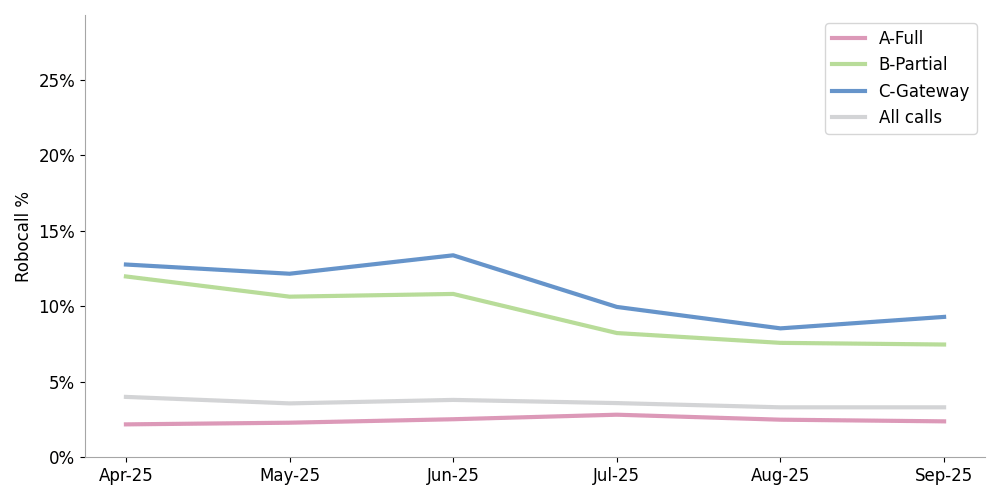
Figure 1. Signed Robocalls by Attestation Last 6 Months
Figure 1 shows signed robocalls by attestation level over the past six months. Overall, the statistics were unchanged from August. Robocalls among all calls were unchanged. Robocalls signed with A-level attestation were down 0.1%. Robocalls among calls signed with B attestation were also down 0.1%, while robocalls among calls signed with C attestation were up 0.8%.
STIR/SHAKEN participation and coverage
We measure STIR/SHAKEN participation changes in two ways:
- The number of Originating Service Providers (OSPs) signing calls received by our customers,
- Service providers authorized to do SHAKEN by the STI Policy Administrator (STI-PA),
The number of SHAKEN signers up
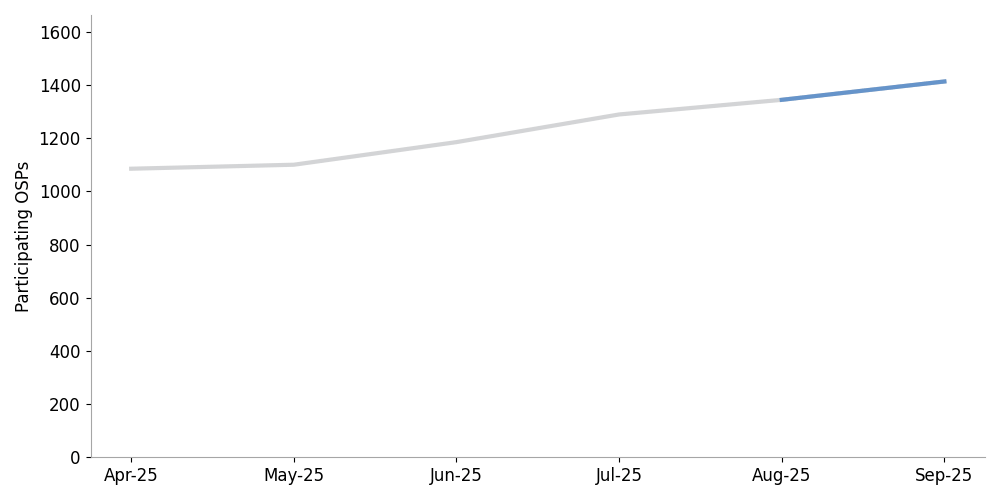
Figure 2. Monthly Number of OSPs Sending Signed Calls
Figure 2 shows that the number of Originating Service Providers (OSPs) observed signing calls in September was up 5.1% from August.
The number of SHAKEN-authorized providers increased
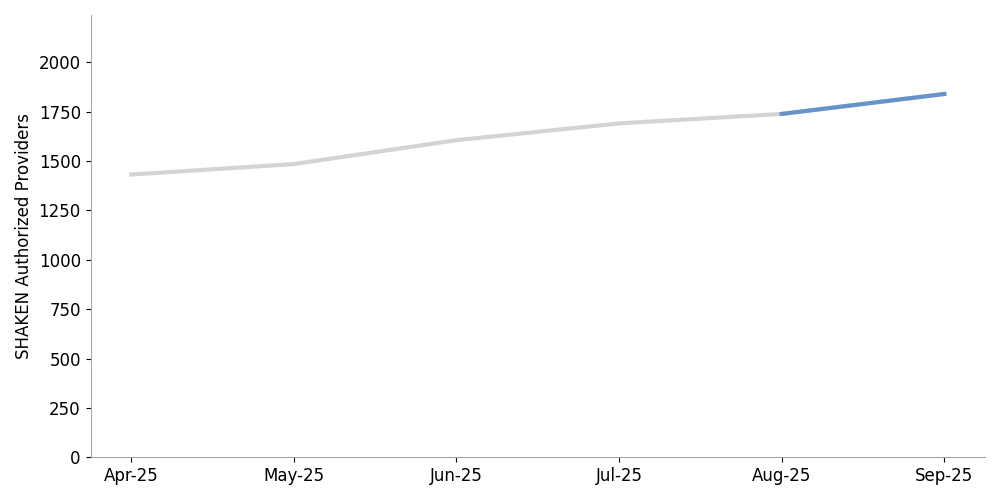
Figure 3. STIR/SHAKEN Authorized Providers by Month
Figure 3 shows that the number of SHAKEN-authorized providers was up 5.8% in September, reaching an all-time high of 1,840.
The increase in SHAKEN-authorized providers and signers observed authenticating calls is a result of the FCC order that providers with a SHAKEN obligation must either sign their calls or have their calls signed for them by a signing service using their own SHAKEN certificate and determination of attestation level.
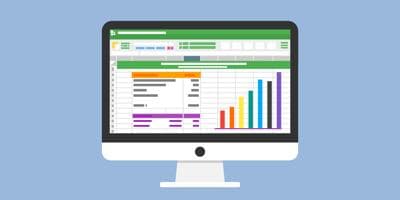
STIR/SHAKEN coverage
Signed calls at termination down slightly
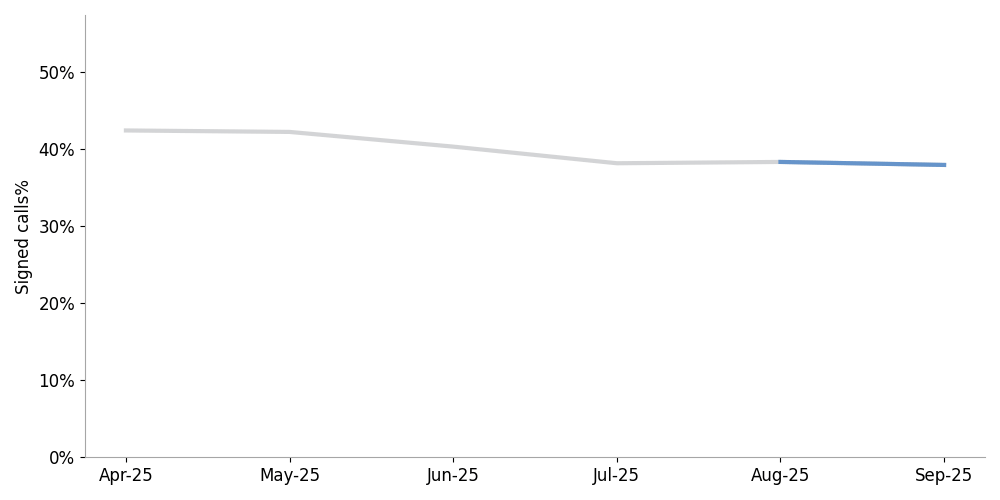
Figure 4. The Percentage of Signed Calls at Termination Last 6 Months
Figure 4 shows the percentage of signed calls at termination for the past six months. This was down 0.4% in September, to 38. 0%. This is the lowest percentage of signed calls at termination we’ve seen over the past 18 months.
We believe that this statistic reflects calls being routed over non-IP segments in the call path, where the SHAKEN call authentication information is lost. We wonder if perhaps some authentication providers are deliberately routing calls over non-IP call segments to launder their identity from the calls they authenticated.
Signed calls level across attestation levels
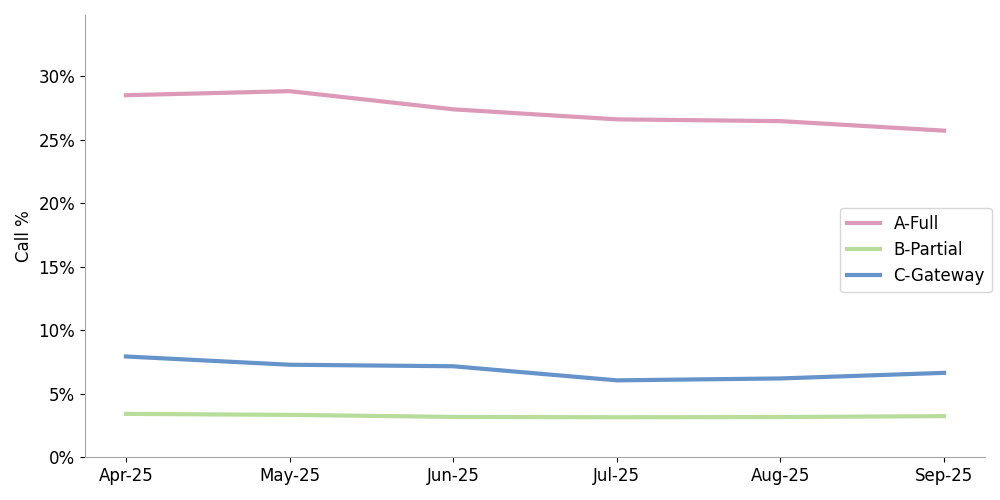
Figure 5. Percentage of Calls with SHAKEN Attestation Levels Last 6 Months
Figure 5 shows the percentage of calls signed by attestation level. Calls signed with full A-level attestation were 25.7% in September, down 0.8% from August. Calls signed with B-level attestation were 3.2%, unchanged from August. Calls signed with C-level attestation were 6.7%, up 0.4% from August.
Branded calling optimizes call completion and callback.
Learn more about branded callingPatterns among prolific robocall signers
Here are robocall and attestation statistics for the top 10 SHAKEN-authorized providers ranked by the percentages of signed calls identified as robocalls.
Robocalls from prolific robocall signers down
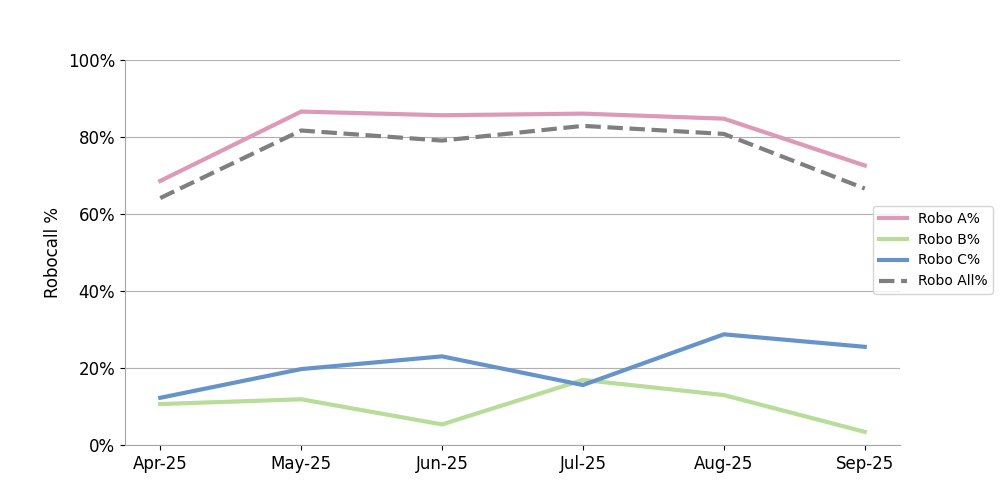
Figure 6. Robocall Percentage by Attestation—Prolific Robocall Signers by Robocall %
Figure 6 shows robocalls authenticated by the top 10 robocall signers ranked by robocall percentage over the past six months.
In September, the robocall percentage among prolific robocall signers was down 14.2% across all attestation levels. Robocalls with A-level attestation were down 12.2%. Robocalls with B-level attestation were down 9.6%. Robocalls with C-level attestation were down 3.3%. Good news!
Prolific robocall signers’ attestation levels
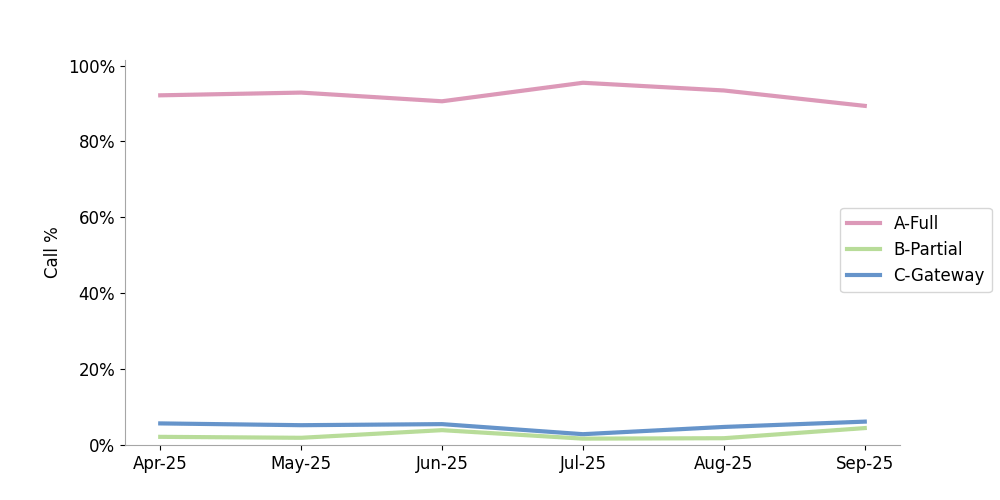
Figure 7. Call Percentage by Attestation—Prolific Robocall Signers
Figure 7 shows the percentages of calls signed by the top 10 robocall signers by authentication level. They continue to sign their calls mostly with A-level attestation. In September, 89.4% of the calls authenticated by prolific robocall signers had an A-level attestation.
We encourage terminating service providers and call analytics providers to incorporate SHAKEN signer reputation into their call analytics. We provided examples in a blog post, How to monitor SHAKEN signer reputation.
Recap
- Robocalls were unchanged from August.
- STIR/SHAKEN participation continues a strong upward trend.
- STIR/SHAKEN coverage dropped to 38.0%, the lowest level we’ve seen in 18 months.
- Good news: Robocalls authenticated by prolific robocall signers dropped about 14%. They continue to authenticate most calls with A-level attestation.
TransNexus solutions
TransNexus is a leader in developing innovative software to manage and protect telecommunications networks worldwide. The company has over 25 years of experience in providing telecom software solutions including toll fraud prevention, robocall mitigation and prevention, CDR and call analytics, advanced call routing, billing support, STIR/SHAKEN, and branded calling.
Contact us today to learn more.
Our STIR/SHAKEN products:
- Work with your existing network
- Support SIP and TDM
- Affordable, easy to deploy